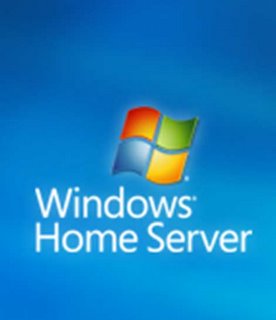 Microsoft Chairman Bill Gates used the podium at CES 2007 to announce plans for the Windows Home Server, a joint project with Hewlett Packard.
Microsoft Chairman Bill Gates used the podium at CES 2007 to announce plans for the Windows Home Server, a joint project with Hewlett Packard.HP also plans to ship later this year its HP MediaSmart Server that runs Windows Home Server.
Now lets see what exactly is this home server…
A Windows Home Server is a simple box that lies at the center of your home network. The Server works without interaction (it doesn't run programs like typical operating systems, doesn't even have a monitor port), simplifying some very complex tasks among all the computers in your home.
Home Server is where your family will store all of its important files. All music, video, photos, documents and even some software will sit on the Home Server, and all the computers in the home will be able to access it over your network (wired or wireless) as if they were on the computers themselves.
Home Server also keeps your computers protected from disaster, by backing up every byte of data on every computer in the home. It can take an unlimited amount of storage space, backing up to internal and external hard drives the entire contents of every PC, not once, but twice, letting you restore files or entire PCs immediately.
Minimum system requirements:
1 GHz Pentium 3 (or equivalent)
512 MB RAM
80 GB internal hard drive as primary drive
Bootable DVD drive
Display (only for software installation)
100 Mbps wired Ethernet
Keyboard and mouse (only for software installation)
The home network must have a 100Mbps or faster Ethernet connection and computers running Windows XP SP2 or Windows Vista. The Home Server requires a wired Ethernet connection to the router, but client PCs can access it via a wireless connection.